Whether you want a lush garden or whether you want to add some greenery to a room in your house, there’s never a bad time to buy new plants. However, many plants that commonly grow in gardens or containers in the home aren’t as harmless as they seem. Some are highly toxic, while others contain mild toxins that can cause rashes, stomach upsets or other health issues. If you have children or pets, it’s best to keep these plants well out of their reach. Even better is to not have these plants at all, but to consider safe alternatives instead. Here are 20 plants that are poisonous to children, cats and dogs.
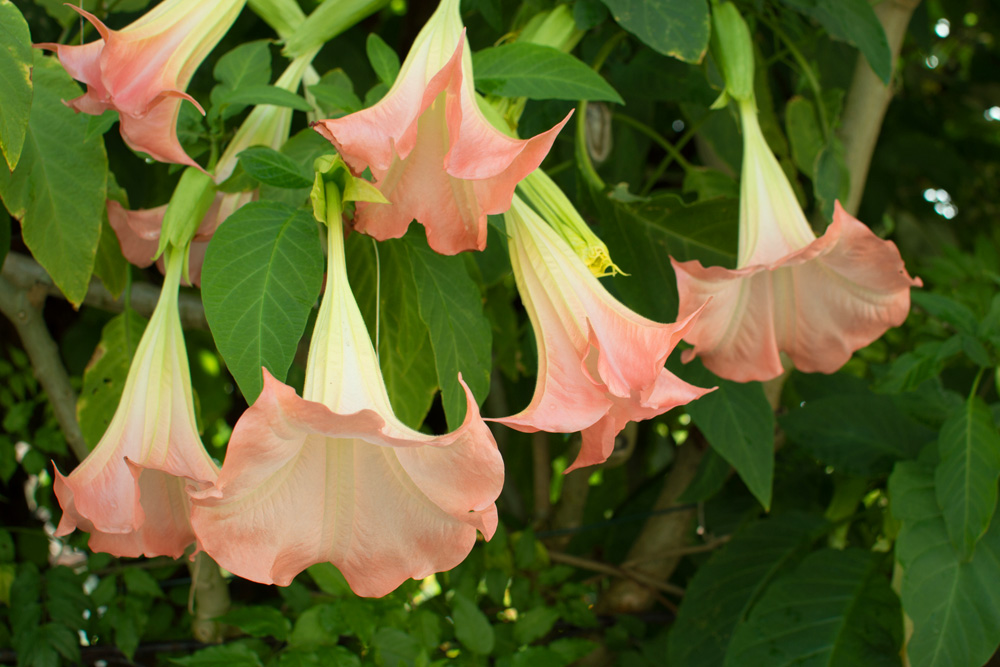
Angel’s Trumpet (Brugmansia spp.)
The beautiful angel’s trumpet with its large, fragrant flowers is one of the most toxic garden plants. It’s notorious for its hallucinogenic powers, but can also cause migraines, constipation, muscle paralysis, eye problems, tremors and death. All parts of the angel’s trumpet plant are toxic, but the most dangerous parts are the leaves and seeds.
Related: 20 Plants That Are Safe for Children, Cats and Dogs
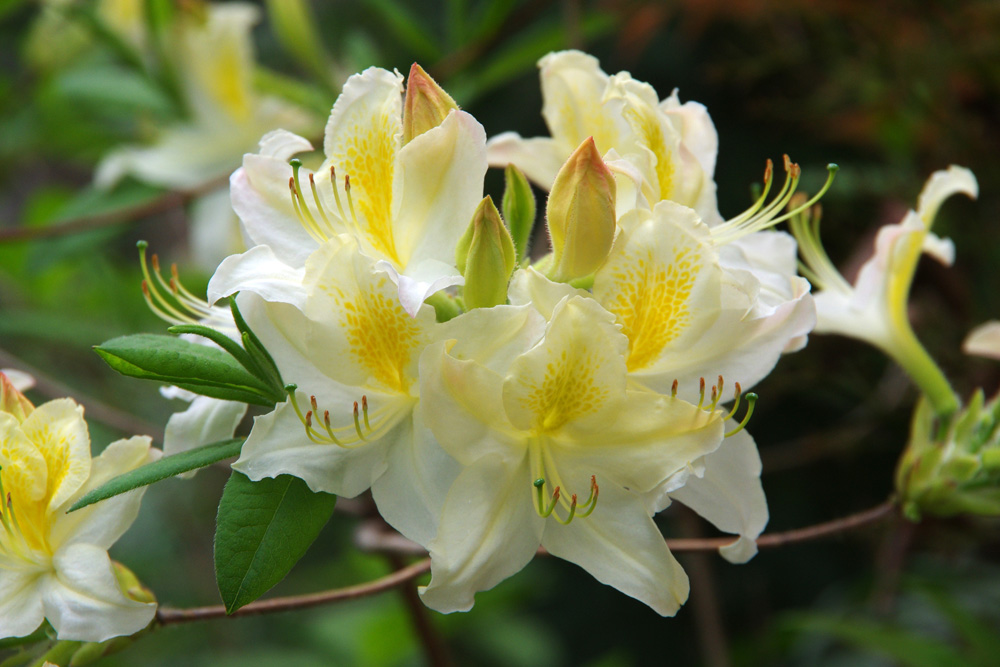
Rhododendron (Rhododendron spp.)
There are more than a thousand species of rhododendron, including azaleas. Some species of these popular garden plants contain a substance called grayanotoxin in their pollen and nectar. Grayanotoxin can cause cardiovascular problems, nausea, vomiting and problems in the central nervous system. While grayanotoxin poisoning is rarely fatal in humans, it can be lethal to pets.
Related: 20 Hacks That Will Bring Your Dead (or Dying) Plant Back to Life
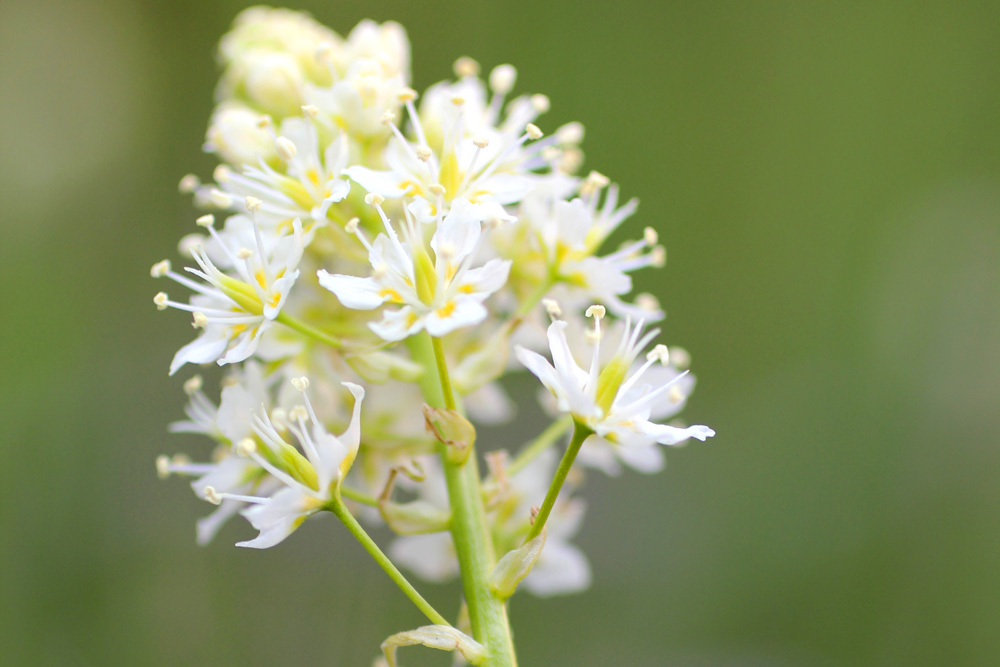
Death Camas (Melanthiae spp.)
There’s a reason that death camas – some species of which are native to Canada – contain the word death in their name. These flowering plants contain alkaloids that cause a severe neurotoxic reaction. It can be fatal to humans and animals.
Related: How to Keep Your Plants Alive While You’re on Vacation
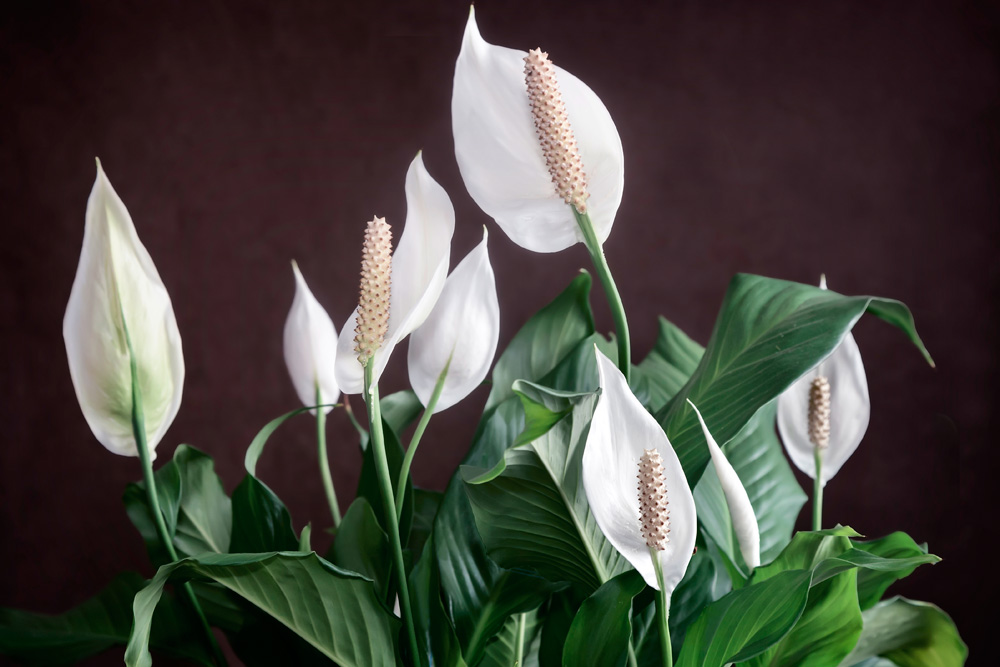
Peace Lily (Spathyphyllum spp.)
The peace lily is one of the best plants for your bedroom because of its ability to remove toxins from the air. However, it contains calcium oxalate crystals, which are mildly toxic to humans and animals when ingested. Symptoms of poisoning by peace lily include difficulty swallowing, nausea, a burning sensation in the mouth and irritation of the skin.
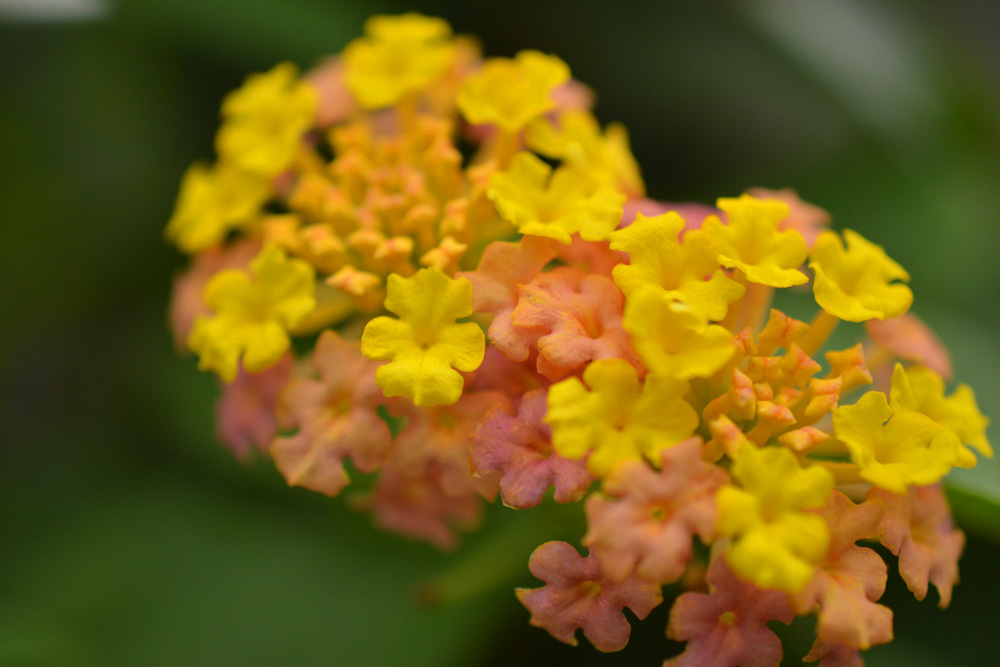
Common Lantana (Lantana Camara)
In Canada, the common lantana is sometimes also called yellow sage. Here it’s often grown in summer gardens, where it attracts butterflies, while birds will eat its berries. There is still some debate about whether the berries are safe for humans to eat, but lantana is definitely one of the plants toxic to dogs as well as livestock. Symptoms vary depending on how much and which part of the plant your dog has eaten, but can include vomiting, diarrhea, liver failure and death.
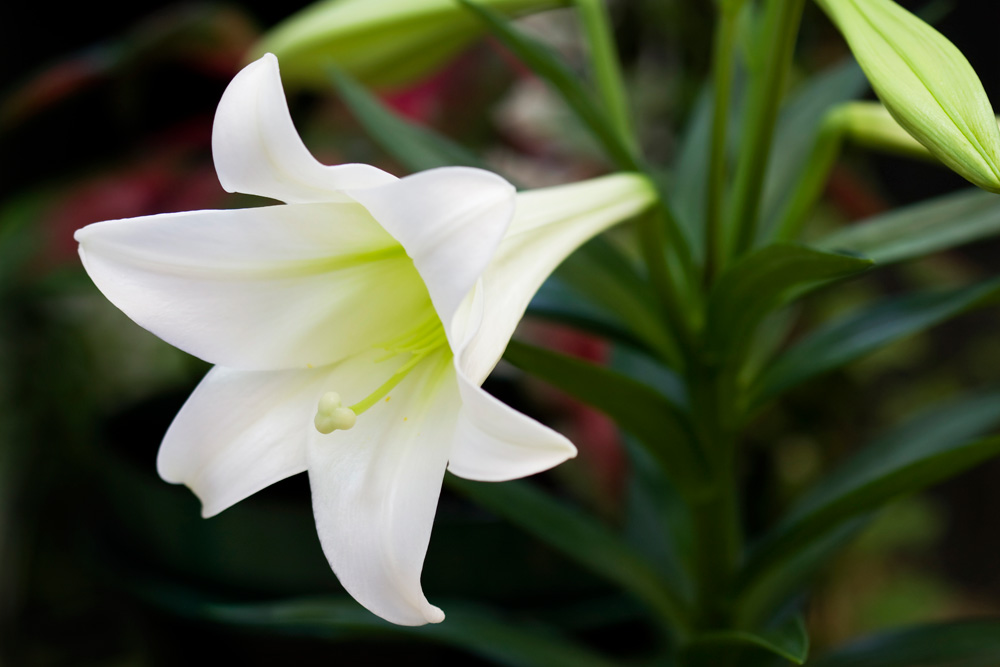
Easter Lily (Lilium Longiflorum)
Most true lilies are poisonous to some degree, but if you have a cat, you should definitely ban the Easter lily from your home. It is one of the most notorious plants poisonous to cats, since it can cause acute kidney failure. Your cat can suffer from lily poisoning even if it only licks the pollen off its fur.
Related: 20 Rooms Made Better With Plants
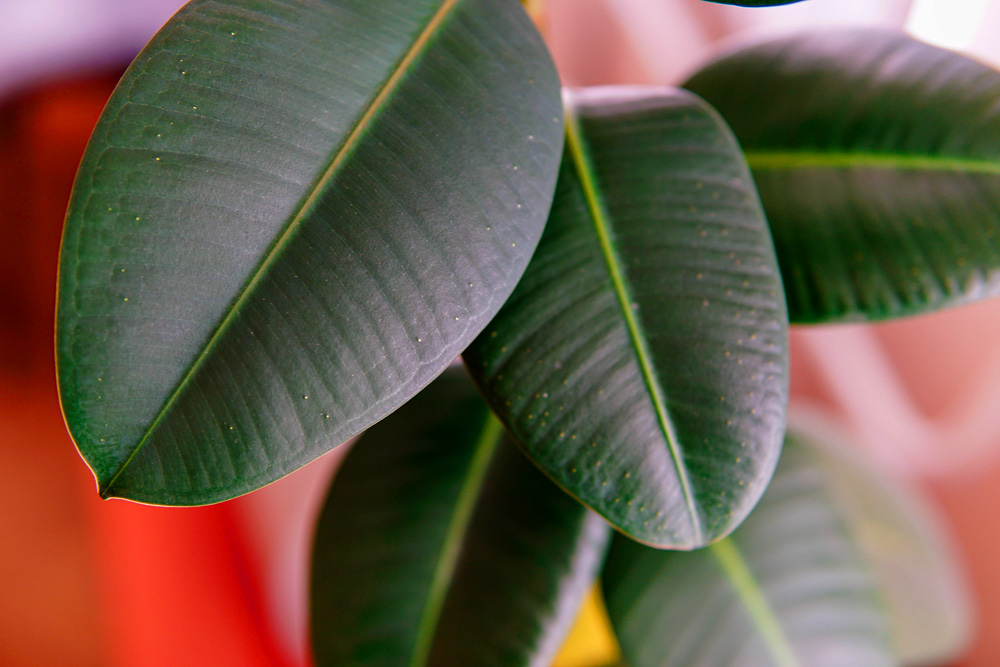
Rubber Plant (Ficus Elastica)
The hardy rubber plant is a wildly popular house plant. It gets its name from the milky latex it produces when you cut it. This latex is mildly toxic and can cause severe skin rashes and blisters. If your pets ingest the rubber plant, it can cause gastrointestinal upset such as vomiting and diarrhea.

Calla Lily (Zantedeschia spp.)
Calla lilies, also called arum lilies, are popular house plants because of their distinctive flowers. However, they contain calcium oxalate crystals, which are highly poisonous. Touching these plants can cause skin irritation, but ingesting any plant parts can cause more severe reactions, from an intense burning sensation in the mouth, vomiting and diarrhea to breathing difficulties, convulsions, kidney failure and death.
Related: The Easiest Shade-Loving Plants to Grow in Your Yard

Cannabis (Cannabis spp.)
Now that cannabis is legal in Canada, you may be tempted to grow your own. You may want to reconsider if you have children or pets, though. Small children who eat the plant may suffer the usual effects of cannabis to a larger degree, but may also have difficulty breathing and can even fall into a coma. For cats and dogs, the THC in cannabis can be fatal.
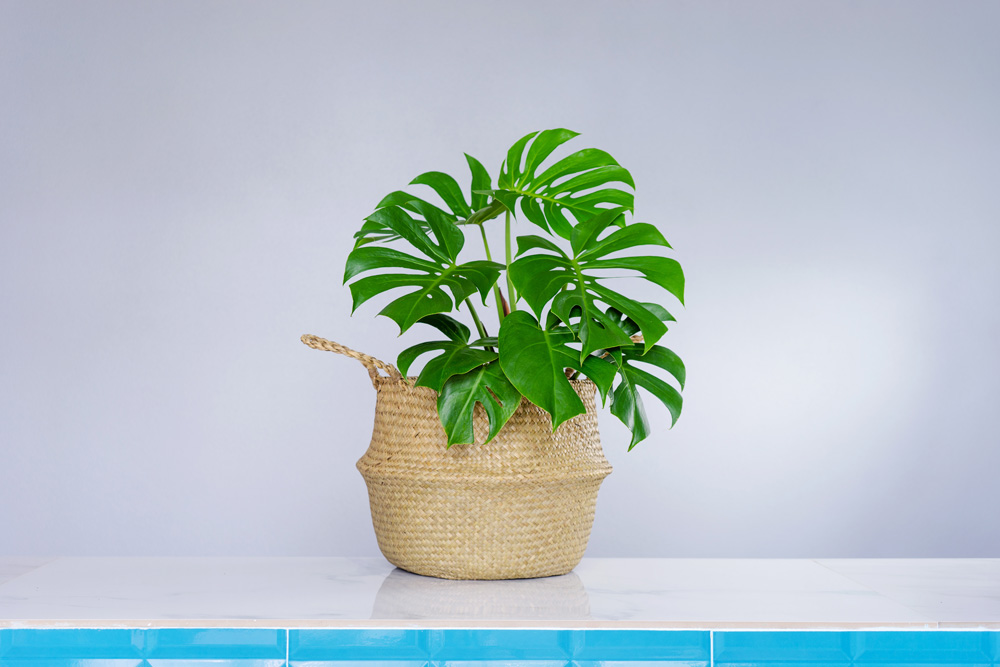
Philodendron (Philodendron spp.)
Philodendrons are one of those easy-to-care-for indoor plants that go beyond succulents. However, it is mildly toxic because it contains a small amount of calcium oxalate crystals. If your child ingests the plant, he or she may experience swelling of the mouth and tongue, difficulty swallowing and an inability to speak. In dogs and cats, the symptoms may be more severe.
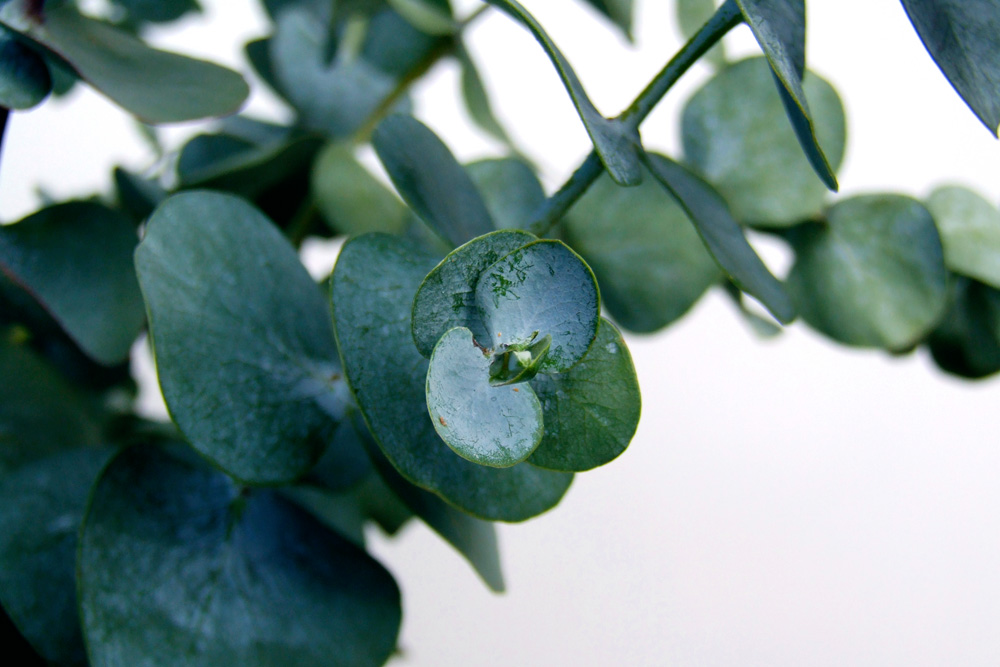
Eucalyptus (Eucalyptus spp.)
Eucalyptus trees are synonymous with Australia, but some people grow them as potted plants or in their gardens in Canada too. The leaves are known for their medicinal qualities, but if ingested in large quantities, they can cause nausea, vomiting, diarrhea and even coma in humans. What about your pets? Unless your pet is a koala, you should keep your animals away from eucalyptus, since it’s very toxic to dogs and mildly so to cats.
Related: 10 Products That Will Help Canadians Transition to a Plastic-Free Household

Snake Plant (Sansevieria Trifasciata)
When it comes to indoor plants that thrive on low light, you can’t go wrong with the snake plant. If you have small children or pets, however, it’s best not to keep your snake plant on the floor where they can easily reach it. It contains saponins and is mildly toxic, causing mouth pain, excessive salivation, nausea and, in some cases, vomiting and diarrhea.

Sago Palm (Cycas Revoluta)
The sago palm is one of those unexpectedly poisonous house plants. After all, they produce a starch that many people around the world use to make pudding. Sago is extremely poisonous to people and animals, however, and producing the edible starch involves quite a bit of processing. Symptoms of sago poisoning include vomiting, diarrhea, seizures and liver failure. Pets may also suffer from nose bleeds and blood in their stools.

Oleander (Nerium Oleander)
With its fragrant flowers, oleander is a popular plant to grow in a pot that you can move inside when temperatures drop. However, it is very poisonous to humans and pets. Ingesting oleander in any way can cause symptoms like nausea, vomiting, diarrhea, abdominal pain, an irregular heart rate, drowsiness, tremors, seizures, coma and death.
Related: How to Protect Outdoor Plants and Trees From Frost and Freeze
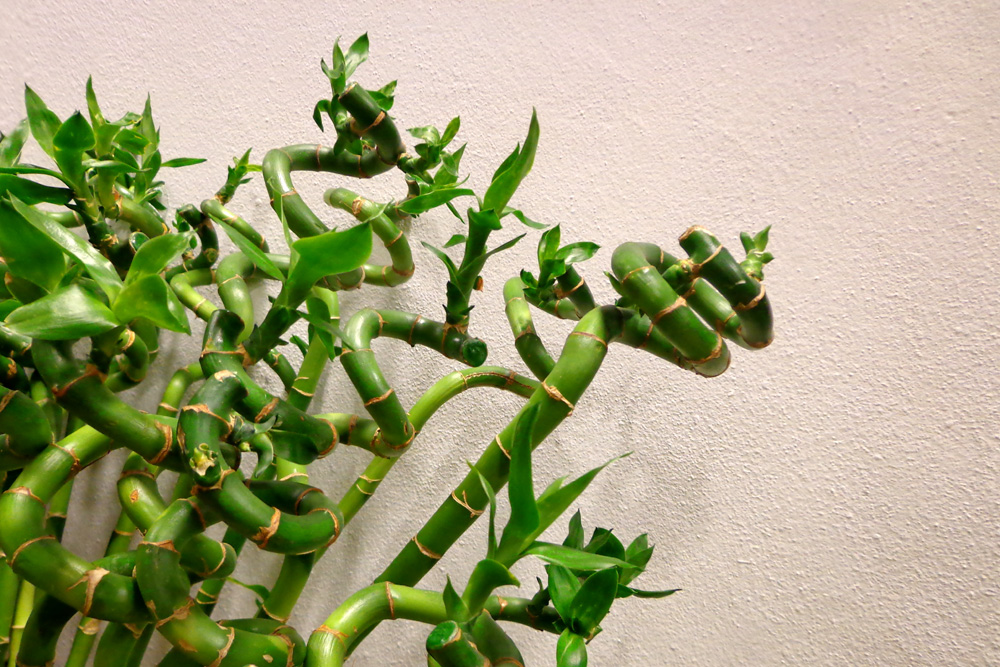
Lucky Bamboo (Dracaena Sanderiana)
The lucky bamboo is not actually a bamboo and if you eat it, it’s not that lucky either. In humans, it can cause mild stomach upsets. It’s even less lucky for dogs and cats, since it can cause vomiting, diarrhea, abdominal pain, weakness and a lack of coordination.
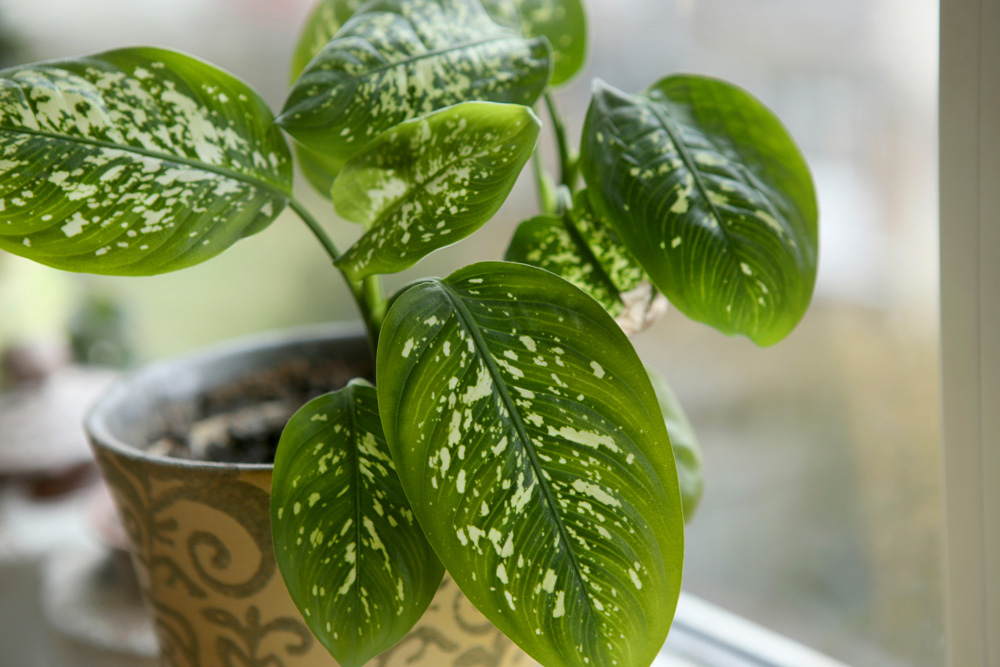
Dumb Cane (Dieffenbachia spp.)
The dumb cane is easy to grow and with its large leaves, it’s a very striking plant to have in your home. However, it contains calcium oxalate crystals which are mildly toxic when ingested. Symptoms of dumb cane poisoning are generally unpleasant rather than serious and include a numbing or irritation of the mouth, mouth pain, swelling and excessive salivation. Some pets may also vomit after eating dumb cane.
Related: 15 Plant-Filled Living Rooms for Serious Decor Inspiration
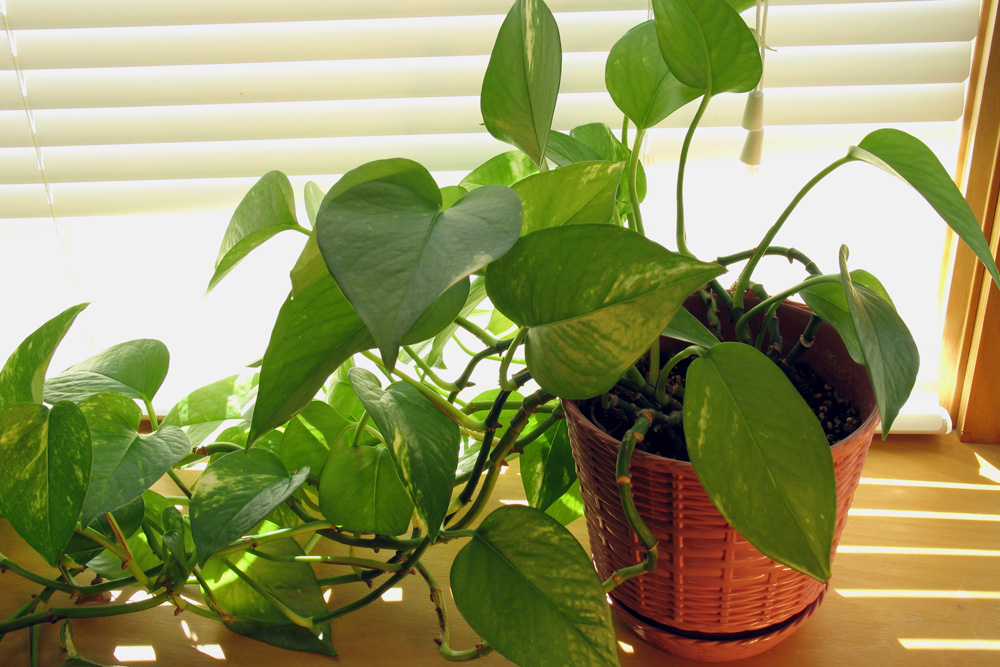
Pothos (Epipremnum Aureum)
Pothos is also called devil’s ivy because it is so hard to kill. This climbing vine is great for adding greenery to your home but it’s mildly toxic. In humans, it can cause burning and swelling of the mouth if ingested and skin irritation if touched. In cats and dogs, ingesting pothos can cause more severe symptoms like oral pain and vomiting too.

Arrowhead Vine (Syngonium Podophyllum)
The arrowhead vine is another attractive house plant that shows just how deceiving looks can be. If you, your children or pets eat any part of the plant, it can cause severe mouth pain and swelling that can make it difficult to swallow. The sap can also burn your skin or damage your eyes.

Oregano (Oreganum Vulgare)
In general, plants that are toxic to humans are toxic to pets too. This doesn’t mean that when a plant is safe for humans it will necessarily be safe for pets. Oregano is the magic ingredient in any pizza and safe for humans to eat – unless you eat a ton of it. However, it’s toxic to dogs and cats and can cause vomiting and diarrhea. In more severe cases, pets can suffer from decreased blood glucose, blood clotting disorders and liver damage if they ingest oregano.
Related: How to Keep Pests out of Your Lawn and Garden Using Natural Products
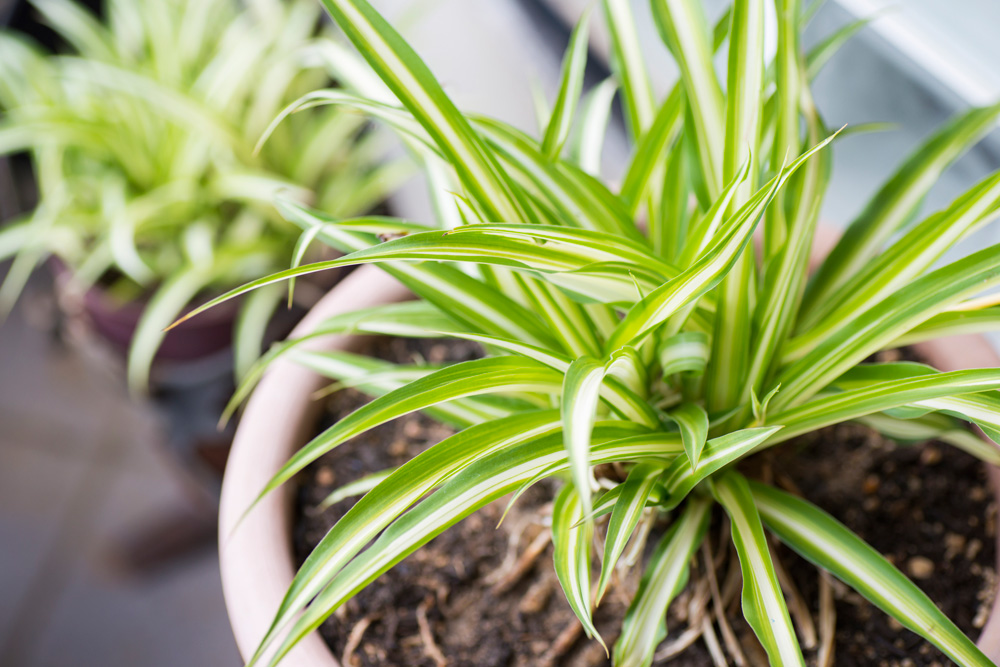
Spider Plant (Clorophytum Comosum)
The spider plant is generally considered one of the plants that are safe for children, cats and dogs. However, it isn’t one of the most cat-friendly plants. The reason is that the spider plant contains chemicals that are mildly hallucinogenic to cats. Naturally, cats love to eat spider plants for this reason, but ingesting too much of the plant can cause abdominal pain, vomiting and diarrhea.
HGTV your inbox.
By clicking "SIGN UP” you agree to receive emails from HGTV and accept Corus' Terms of Use and Corus' Privacy Policy.





